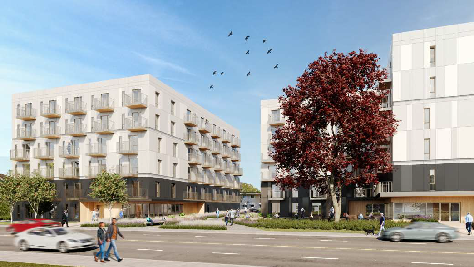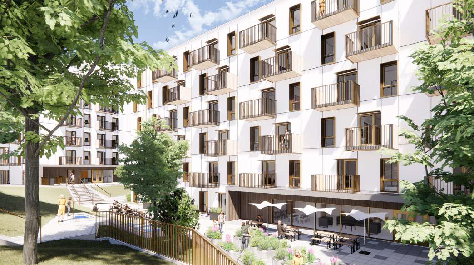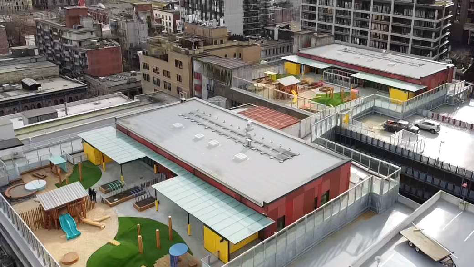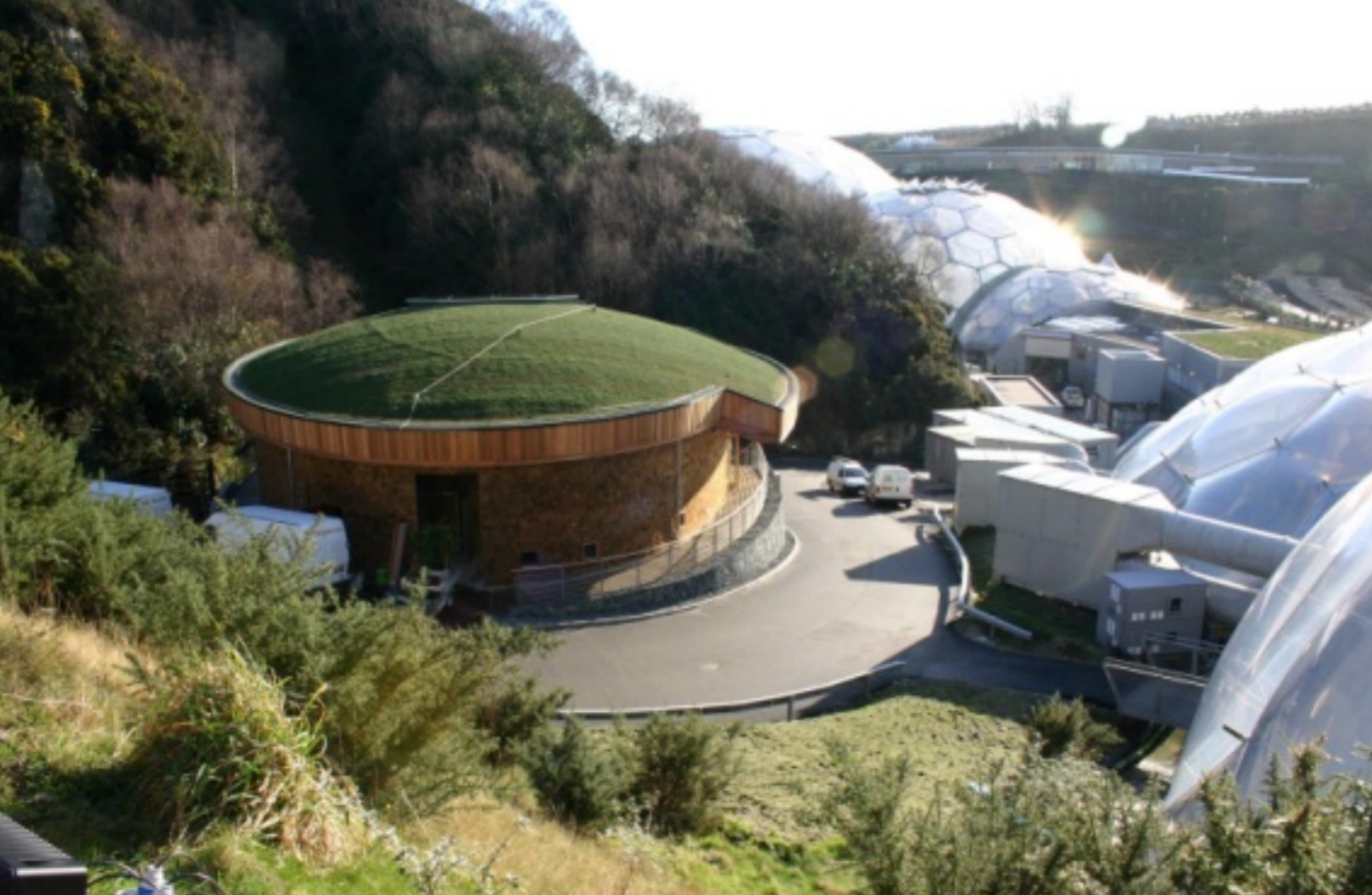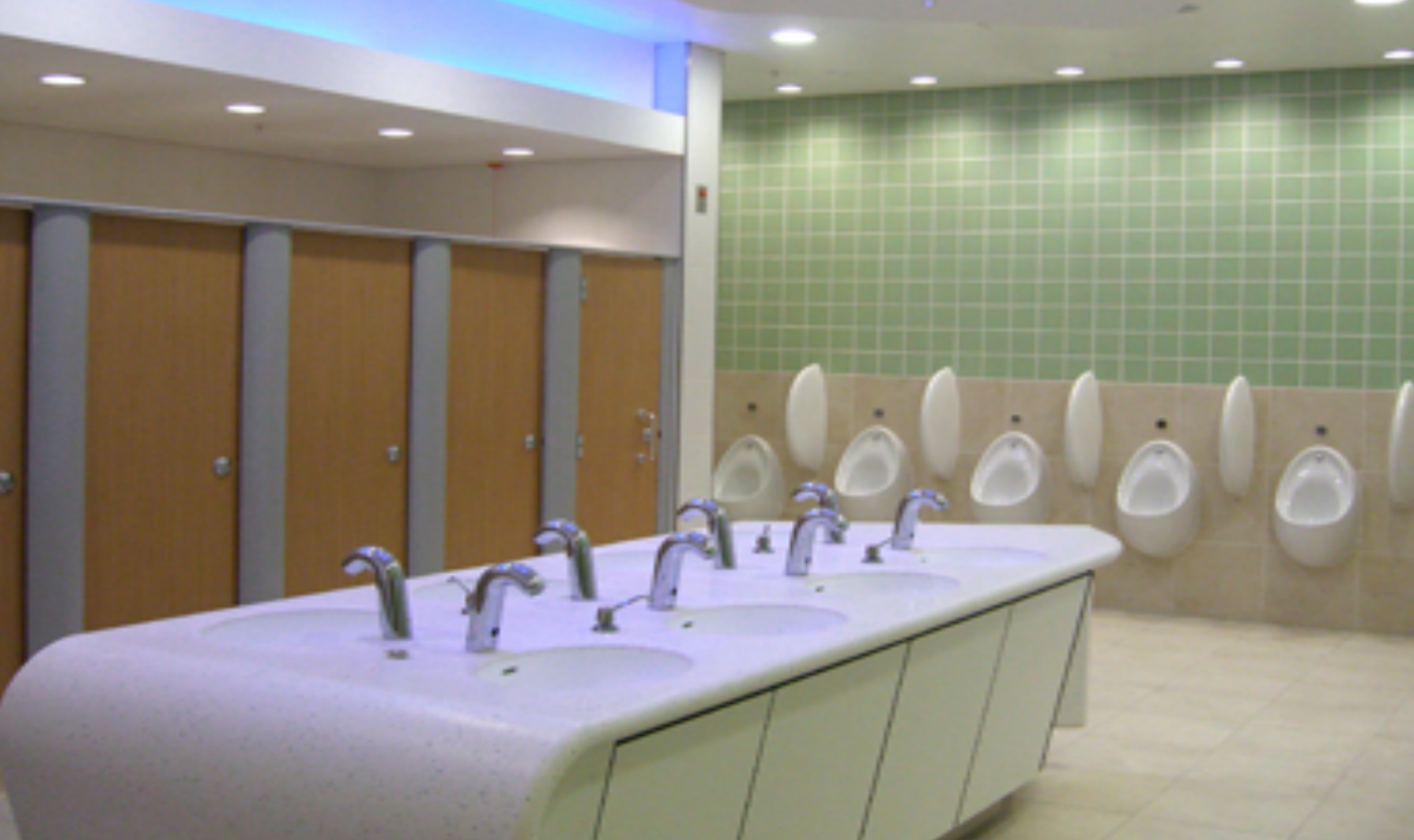News Information
2022-06-12
Sustainable and Low-carbon Design - Haskoll&Ryder's Design Philosophy and Practice
Due to the word limit, this article only provides a brief summary of the main content. We apologize for any inconvenience caused.
Sustainability is a part of our design philosophy and a key element of our design approach.
Overall Approach to Sustainability
From using low-energy design and "enclosure-first" methods, to engaging with the community, and embracing emerging digital best practices, HOK has been at the forefront of sustainable design innovation. Our entire building design philosophy has evolved from this philosophy - starting with a simple, agile design process that prioritizes all forms of sustainability to achieve fast, accurate overall design.
High-Efficiency Performance Design
Our design focuses on projects that actively reduce greenhouse gas emissions. We have deep knowledge and experience in high-efficiency, net-zero carbon design and construction, while successfully managing innovative risks. In addition to delivering successful LEED Gold projects, we have long advocated for designing and building based on passive housing standards. The International Passive House Standard is a building standard that requires buildings to have high-efficiency energy efficiency, comfort, affordability, and ecological characteristics.
High-Efficiency Buildings
In past and current projects, we have maintained similar design techniques even without Passive House certification, responding to project challenges by maintaining high-efficiency standards throughout the design process. Our design takes full advantage of the surrounding environment, maximizing sunlight as much as possible. By arranging window positions to maximize the amount of southern sunlight in the winter and minimize heat loss, our Chief Architect Adam and several architects have been Passive House certified. Adam is also a founding member of the Passive House Canada Education Committee, responsible for providing courses to designers and the industry.
Reducing Energy Consumption
We actively encourage and support the transformation of local construction industries towards low-carbon methods to address climate change. This reflects our practice goal of using energy models to assess the carbon impact of buildings from the earliest stages of design, when contributions are most valuable. Reducing greenhouse gas emissions from buildings is one of the most urgent concerns in the building industry in response to all climate change impacts.
Net Zero Carbon Research
We have rich knowledge and experience in building design to achieve low-carbon or zero emissions to meet policy goals for addressing climate change. HOK is currently publishing a series of net-zero carbon emission-centric research publications outlining our approaches to reducing carbon emissions and embedded carbon in the construction process. We also focus on collaborative cooperation with research partners to outline the global challenges faced by the building industry.
The following are our design practices in environmental sustainability and low-carbon construction:
Timbre and Harmony Residences
Alice Saunders Affordable Housing
Gastown Passive House Childcare Centre
